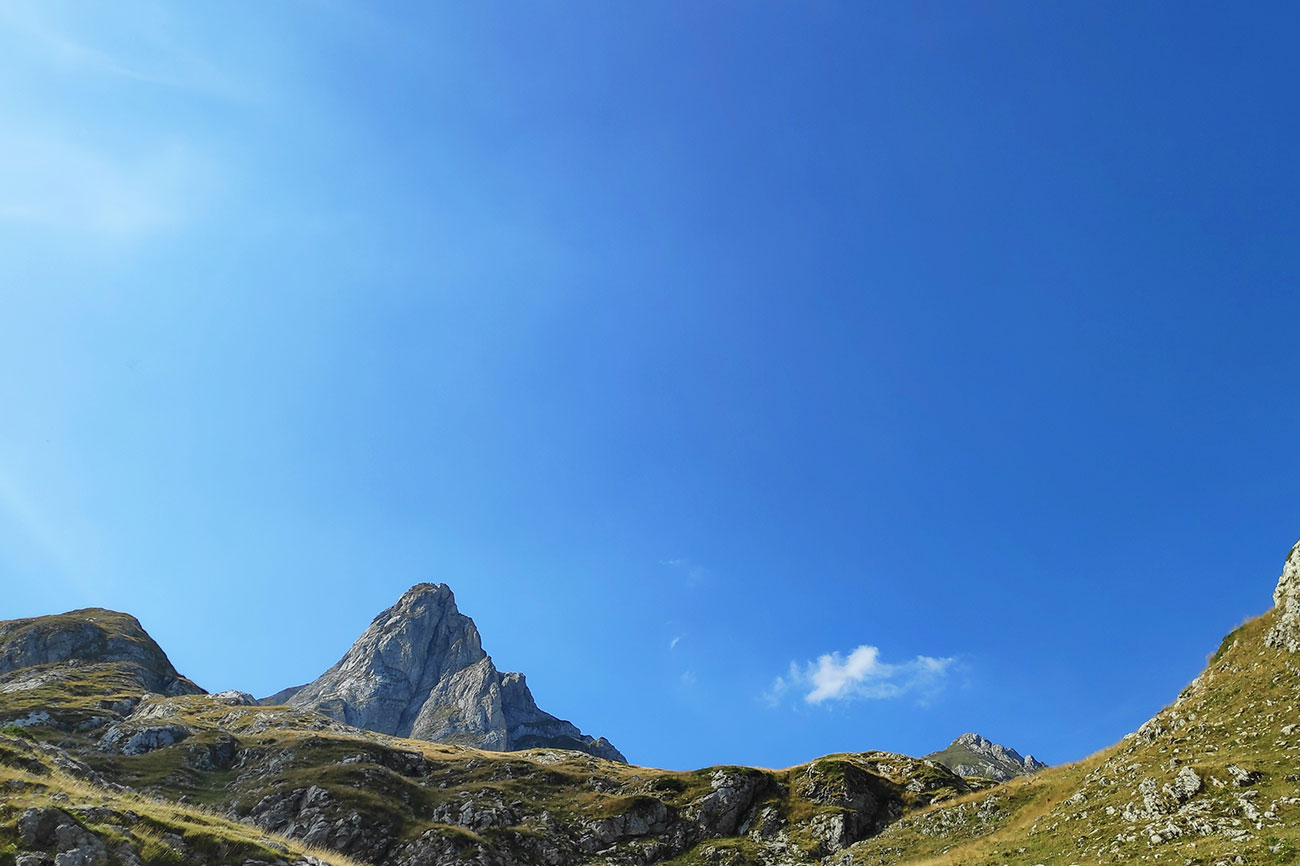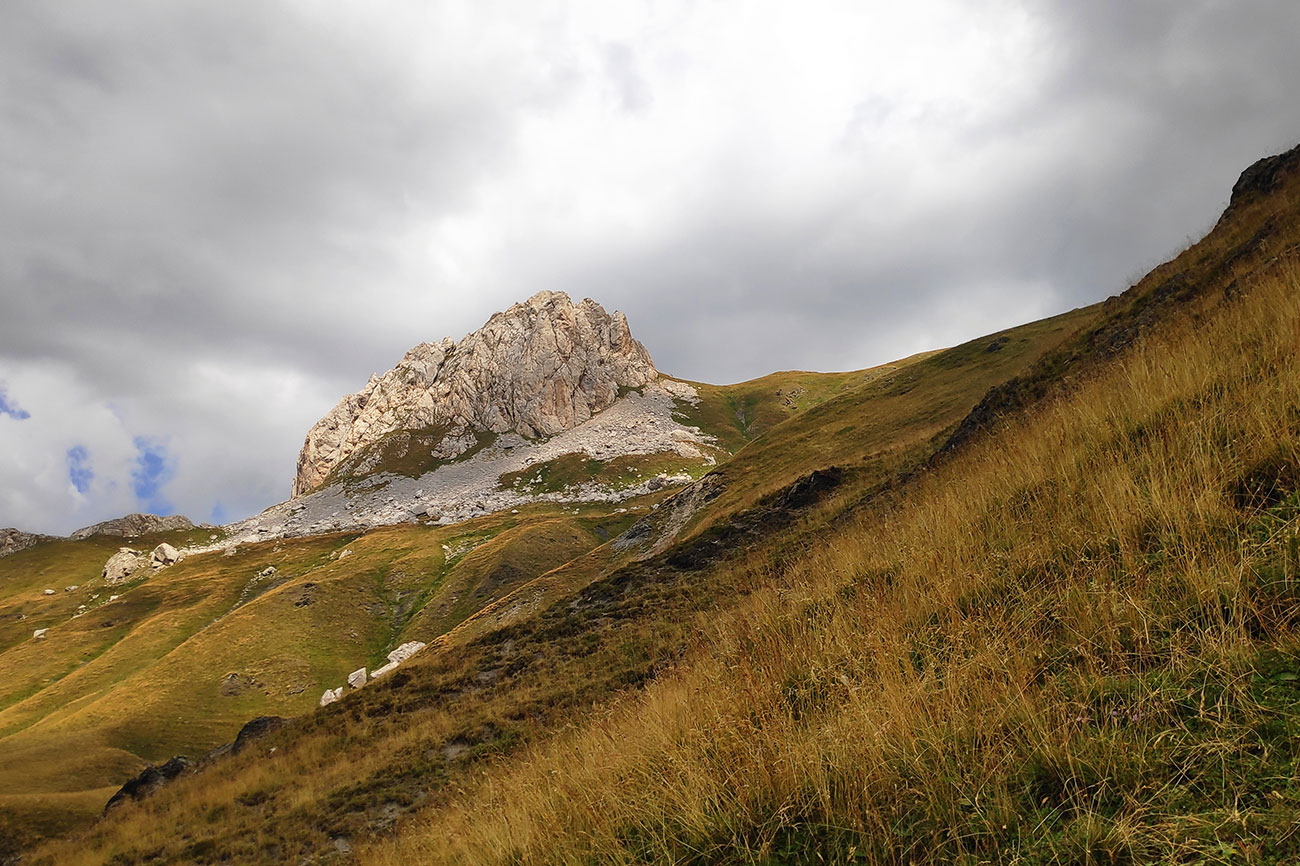Valbona National Park
The Valbona Valley (Albanian: Luginës së Valbonës) is in the Albanian Alps in northern Albania. It is part of Alps of Albania National Park, one of the most impressive and notable topographic features of Albania. Being the southernmost continuation of the Dinaric Alps, it forms a section of the Alpine-Himalayan orogenic belt, which extend from the Atlantic Ocean to the Himalaya Mountains.
The mountains are characterized by limestone and dolomite rocks and shows major karst features. Maja Jezercë sprawls to the west of the valley and is the highest mountain of the Dinaric Alps, with an altitude of 2,694 m (8,839 ft). The Valbona River originate from several karst springs along the south of Maja Jezercë and the east of Valbona Pass. It is the largest river within the Albanian Alps and drains the entire eastern portion of the range. Over the past few million years, glaciers have at times covered most of the park. During the Würm period, the glacier of Valbona reached a total length of 9.5 kilometres. Nowadays, there are two very small active glaciers close to the northeastern edge of Maja Jezercë.
The Valbona Valley and its surrounding mountains were protected as Valbona Valley National Park in 1996. In 2022, the park was amalgamated with Theth National Park to form Alps of Albania National Park. The park covered an area of 80 km2 (31 sq mi), encompassing Valbona River and its surrounding areas with mountainous terrain, alpine landscapes, glacial springs, deep depressions, various rock formations, waterfalls and the Valbona Valley with its dense coniferous and deciduous forest. It is characterized by its very remote areas which have a large preserved ecosystem all of which is primarily untouched with pristine quality.
The park’s remoteness and relatively small human population, combined with the great variation of ecosystems and climatic conditions favours the existence of a rich variety of flora and fauna distributed throughout the land area. Most of the park consists of forest, covering 89% of the overall surface area. Brown bears, grey wolves, lynxes, roe deers, chamoises and wild goats are the primary predatory animals in the park. The park’s forests are characterized by the predominance of different tree species, with beech, pine and oak. Notably, the most important tree species used to be the norway spruce; it is one of few regions in Albania where this type can be found.
Valbona Valley National Park was established in accordance with Decision of Council of Ministers number 102, dated 15 January 1996 in order to preserve the natural ecosystems and landscapes along with their vegetation and biodiversity communities and habitats.
Located within the park, the Gashi River is included into the UNESCO Primeval Beech Forests of the Carpathians and Other Regions of Europe. It is also part of the European Green Belt, which serves as a retreat for endangered and endemic species.[16] The park applied also to join the EUROPARC Federation. Plantlife has recognised the park, as well as the Albanian Alps, as an Important Plant Area of international importance, because it supports great plant species. The region is part of the Emerald Network, the ecological network made up of Areas of Special Conservation Interest designated under the Bern Convention.



